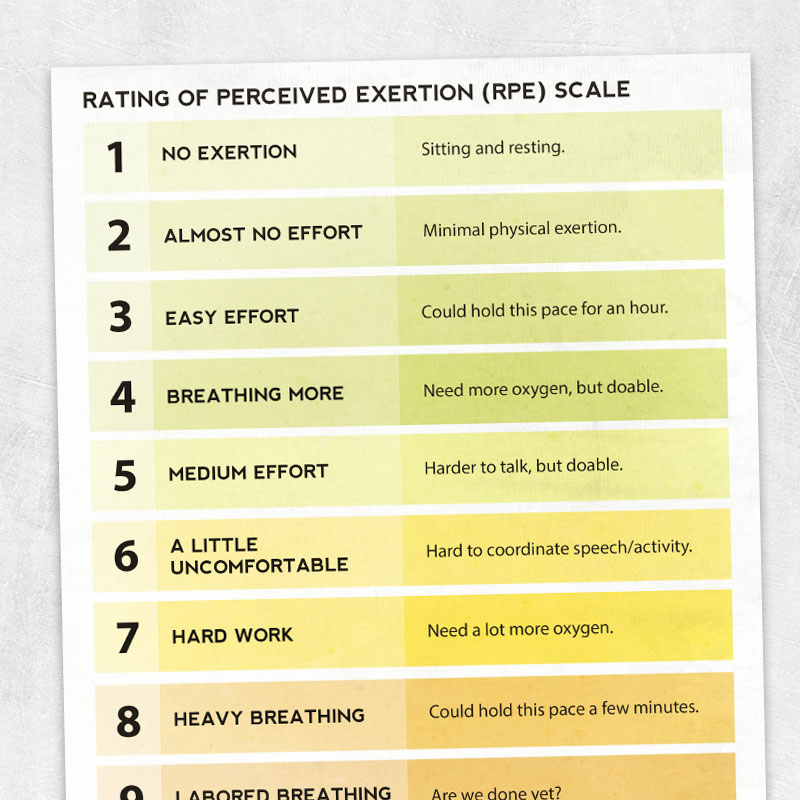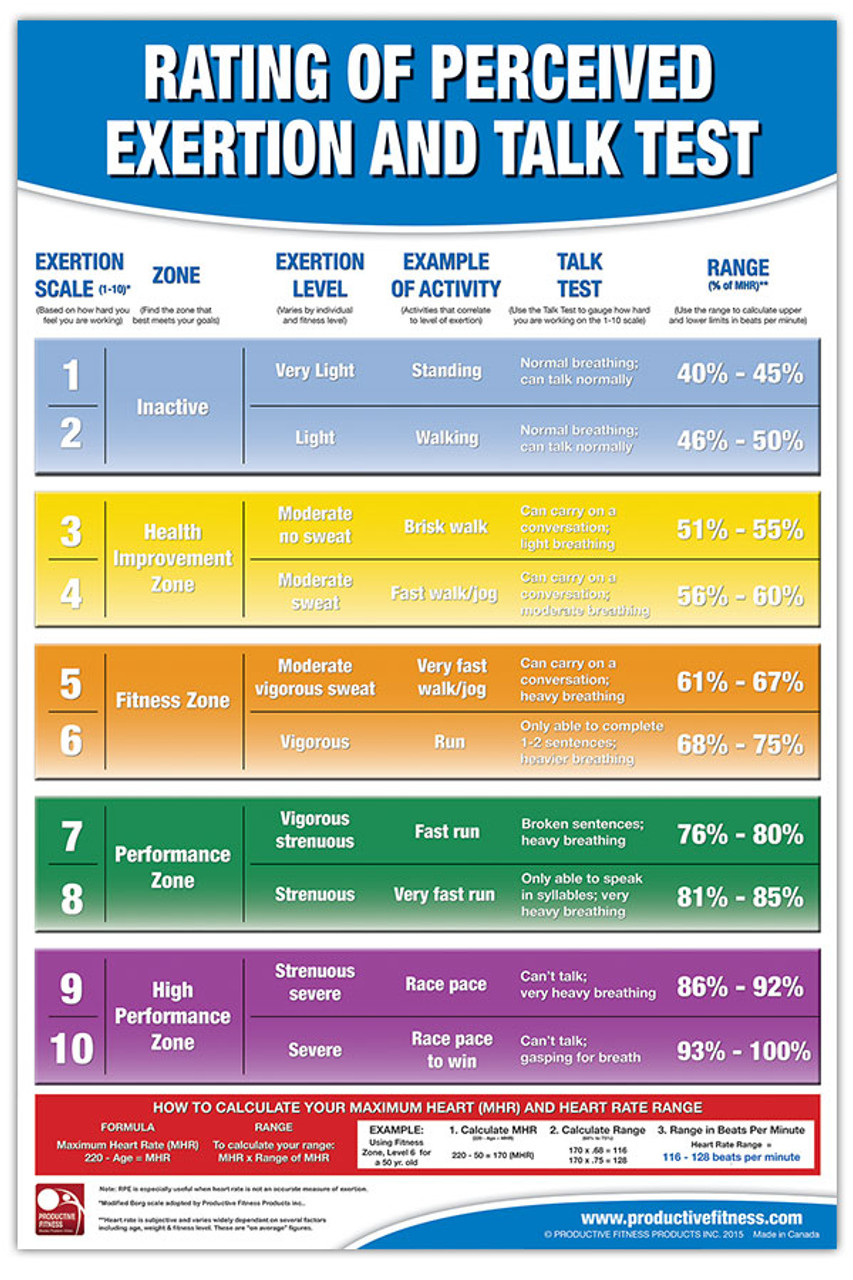Unlocking the Secrets of Perceived Exertion
Measuring exercise intensity is a crucial aspect of any fitness program, and one effective way to do so is through the rate of perceived exertion (RPE) scale. This subjective measure allows individuals to rate their perceived level of exertion during exercise, providing valuable insights into their physical capabilities. The RPE scale is a powerful tool that helps individuals take control of their fitness journey, making it an essential component of any well-rounded exercise program. By understanding RPE, fitness enthusiasts and athletes can optimize their workouts, avoid plateaus, and achieve their goals more efficiently. In essence, the rate of perceived exertion scale is a game-changer for anyone looking to maximize their fitness potential.
How to Use the Borg Scale for Accurate Results
The Borg RPE scale is a widely used method for measuring perceived exertion, and its 15-point rating system provides a precise way to gauge physical effort. The scale ranges from 6 (very, very light) to 20 (very, very hard), allowing individuals to accurately rate their perceived exertion during exercise. To apply the Borg RPE scale in various exercise settings, individuals can follow these simple steps: first, familiarize themselves with the scale and its corresponding ratings; second, rate their perceived exertion during exercise, taking into account factors such as heart rate, breathing, and muscle fatigue; and third, adjust the intensity of their workout based on their RPE rating. By using the Borg RPE scale, individuals can ensure that they are working at the optimal intensity for their fitness goals, whether it’s to improve cardiovascular health, increase strength, or enhance overall fitness. The rate of perceived exertion scale is a valuable tool that can help individuals take their workouts to the next level and achieve long-term success.
Understanding the Science Behind Perceived Exertion
Perceived exertion is a complex phenomenon that is influenced by a multitude of physiological and psychological factors. At its core, the rate of perceived exertion scale is a subjective measure that relies on an individual’s ability to gauge their physical effort. But what drives this perception? Research has shown that heart rate, lactic acid buildup, and mental fatigue are all key contributors to the RPE experience. When an individual exercises, their heart rate increases to meet the demands of their muscles. This increase in heart rate is a primary indicator of physical exertion, and it plays a significant role in shaping an individual’s perception of effort. Additionally, the accumulation of lactic acid in the muscles, a byproduct of anaerobic metabolism, can also contribute to feelings of fatigue and exertion. Mental fatigue, which can result from factors such as stress, sleep deprivation, and motivation, can also influence an individual’s perception of exertion. By understanding these underlying factors, individuals can better appreciate the science behind perceived exertion and how it relates to the rate of perceived exertion scale.
The Benefits of RPE-Based Training for Fitness and Performance
One of the primary advantages of using the rate of perceived exertion scale in exercise programming is improved workout efficiency. By accurately gauging their physical effort, individuals can optimize their workouts to achieve their desired fitness goals. RPE-based training also enhances motivation, as individuals are able to take ownership of their workouts and make adjustments based on their perceived exertion. Furthermore, RPE-based training reduces the risk of injury or burnout, as individuals are able to adjust the intensity of their workouts to avoid pushing themselves too hard. Additionally, RPE-based training allows for more effective periodization, as individuals can adjust the intensity of their workouts based on their perceived exertion. This leads to more effective progressive overload, as individuals are able to gradually increase the intensity of their workouts over time. Overall, incorporating the rate of perceived exertion scale into exercise programming can lead to significant improvements in fitness and performance.
Real-World Applications of the Rate of Perceived Exertion Scale
The rate of perceived exertion scale is a versatile tool that can be applied in a variety of fitness settings. In personal training, RPE is often used to tailor workouts to an individual’s specific fitness level and goals. For example, a personal trainer may use the Borg RPE scale to determine the optimal intensity for a client’s workout, ensuring that they are challenging themselves without risking injury. In group fitness classes, RPE can be used to provide a more personalized experience for participants. By using the rate of perceived exertion scale, instructors can offer modifications and adjustments to suit different fitness levels, making the class more inclusive and effective. In athletic conditioning programs, RPE is often used to monitor and adjust the intensity of training sessions. By tracking an athlete’s perceived exertion, coaches can ensure that they are pushing themselves hard enough to achieve their goals without risking burnout or injury. These are just a few examples of the many real-world applications of the rate of perceived exertion scale.
Common Misconceptions About Perceived Exertion Debunked
Despite its widespread use and proven effectiveness, the rate of perceived exertion scale is often misunderstood. One common misconception is that RPE is only suitable for beginners or those who are new to exercise. However, this couldn’t be further from the truth. The rate of perceived exertion scale is a valuable tool for individuals of all fitness levels, as it allows them to gauge their physical effort and adjust their workouts accordingly. Another myth is that RPE is not an accurate measure of exercise intensity. While it’s true that RPE is subjective, research has shown that it is a reliable and valid measure of exercise intensity. In fact, studies have found that RPE is closely correlated with other measures of exercise intensity, such as heart rate and oxygen uptake. By understanding the rate of perceived exertion scale and its applications, individuals can unlock the full potential of RPE-based training and achieve their fitness goals.
Maximizing Workout Efficiency with RPE-Based Interval Training
Interval training is a popular and effective way to improve cardiovascular fitness and increase caloric expenditure. By incorporating the rate of perceived exertion scale into interval training protocols, individuals can maximize their workout efficiency and achieve their fitness goals. To design an effective RPE-based interval workout, start by selecting a range of intensities on the Borg RPE scale, such as 11-15. Next, choose a duration and frequency for the high-intensity intervals, such as 30 seconds of all-out effort followed by 30 seconds of active recovery. During the high-intensity intervals, aim to reach the upper end of the selected RPE range, and then adjust the intensity downward during the active recovery periods. By using the rate of perceived exertion scale to guide interval training, individuals can ensure that they are working at the optimal intensity to achieve their goals, while also minimizing the risk of injury or burnout. Additionally, RPE-based interval training can be adapted to suit different fitness levels and goals, making it a versatile and effective tool for fitness professionals and enthusiasts alike.
Integrating RPE into Your Fitness Journey for Long-Term Success
To achieve long-term success in fitness, it’s essential to incorporate the rate of perceived exertion scale into a comprehensive training plan. One effective strategy is to use RPE to guide progressive overload, where the intensity of workouts is gradually increased over time to continue challenging the muscles and promoting growth. This can be achieved by incrementally increasing the RPE rating over time, such as by adding weight, reps, or sets to a workout. Another key aspect of integrating RPE into a fitness plan is periodization, where the intensity and volume of workouts are varied over time to avoid plateaus and prevent overtraining. By using the rate of perceived exertion scale to monitor and adjust the intensity of workouts, individuals can ensure that they are working at the optimal level to achieve their goals. Additionally, RPE can be used to set realistic and achievable goals, such as increasing the RPE rating by a certain amount over a set period of time. By incorporating the rate of perceived exertion scale into a fitness plan, individuals can ensure that they are working towards their goals in a safe, effective, and sustainable manner.







